

Forgotten on the Bayou: Rockey’s Mission to the Whitehouse(2007)
Rockey Vaccarella, a survivor of Hurricane Katrina, travels from Louisiana to Washington, D.C., to deliver a message to President George W. Bush.
On August 29, 2005, Rockey Vaccarella rode out Hurricane Katrina on his roof by holding on to a rope for 4 hours. Rockey and his family lost everything but he refused to give up. Nearly one year after surviving the worst natural disaster in the history of America, Rockey set out on a mission to deliver a message to the President of the United States. Even when most people thought he was crazy, Rockey hooked up his FEMA trailer and journeyed from Louisiana to the White House. By the time he arrived in the nation's capitol, Rockey had captured the attention of America and much of the world. FORGOTTEN ON THE BAYOU is the true story of an unforgettable man who believes that anything is possible.
Movie: Forgotten on the Bayou: Rockey’s Mission to the Whitehouse
Top 8 Billed Cast
Himself
Himself
Herself
Himself
Himself
Himself
Himself
Video Trailer Forgotten on the Bayou: Rockey’s Mission to the Whitehouse
Similar Movies
Dream of San Juan(pl)
The last representatives of Mixteco culture inhabit a village in the Sierra Madre. Deprived of their identity by modern civilization, they are facing an even bigger threat: a landslide that may destroy the village during the next torrential rains. The mayor tries to prevent the disaster. He wants to invite a geologist, so that the approaching danger can be officially confirmed. But no help is coming and the inhabitants must simply wait for the disaster.
 0.0
0.0South of Ten(en)
A girl flees a makeshift tent city. A man finds a trombone. A worker watches the ocean from under a moving house, while its owner gazes at the view from her shifting living room. In ten very short stories, residents of the destroyed Mississippi Gulf Coast act out atmospheric scenes of everyday life and the relentlessness of labor in their extreme landscape.
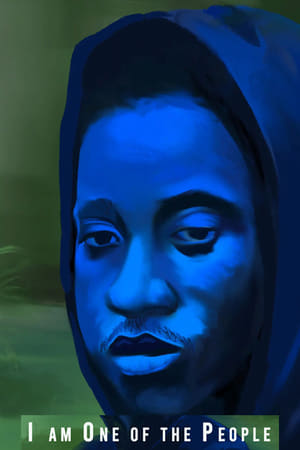 7.0
7.0I Am One of the People(en)
Harmful chemicals are disproportionately affecting Black communities in Southern Louisiana along the Mississippi River. I am One of the People is an experimental short film exposing the environmental racism of “Cancer Alley.”
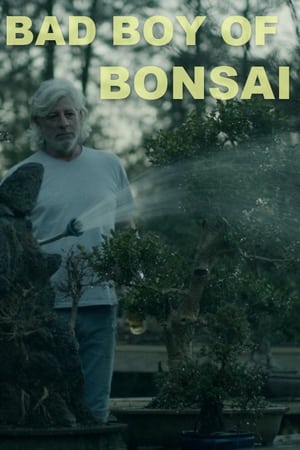 0.0
0.0Bad Boy of Bonsai(en)
Bad Boy of Bonsai is an experimental art-house documentary that focuses on Guy Guidry, a Louisiana local, and his passion for bonsai.
 0.0
0.0Tornado! Hurricane! Flood!: Wonders of the Weather(en)
This video presents a look at the forces of nature in their most devastating mode: lightning storms, tornadoes, flash floods, tidal waves, and hurricanes. The film, made for The Discovery Channel, accompanies professional storm chasers as they ride into the eye of a category five hurricane to gather data and get a close-up view. There is footage of a tornado with 300-mile-per-hour winds, as well as 100-foot tidal waves hurtling towards shore at 500 miles per hour. The viewer witnesses a flash flood and hears an interview with a lightning strike survivor.
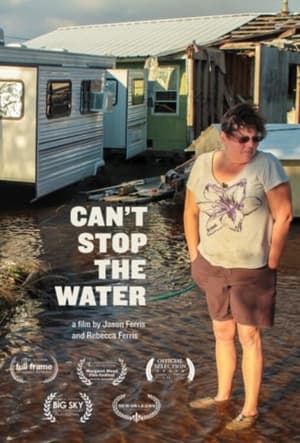 0.0
0.0Can't Stop the Water(en)
For 170 years, a Native American community has occupied Isle de Jean Charles, a tiny island deep in the bayous of Louisiana. They have fished, hunted, and lived off the land. Now the land that has sustained them for generations is vanishing before their eyes. Coastal erosion, sea level rise, and increasing storms are overwhelming the island. Over the last fifty years, Isle de Jean Charles has been gradually shrinking, and it is now almost gone. For these Biloxi-Chitimacha-Choctaw Indians, their land is more than simply a place to live. It is the epicenter of their people and traditions. They now must prepare to say goodbye to the place, where, for eight generations, their ancestors cultivated a unique part of Louisiana culture.
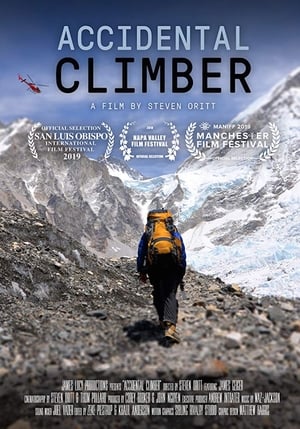 5.0
5.0Accidental Climber(en)
Jim Geiger, a retired forest ranger and amateur mountaineer, attempts to become the oldest American and first great grandfather to summit Mt. Everest, aged 68. His transformation from a weekend hiker to attempting one of the most extreme and physically demanding feats known to man is driven by a desire to prove that age is just a number. What ensued, however, forever changed Jim's life.
The Blizzard of '49(en)
This one-hour documentary film tells the story of "Storm of the Century: The Blizzard of '49" - the worst series of storms in Wyoming's history. But for all the tragedy and loss, suffering and death, there was also hope and heroism, unselfish sacrifice and generosity. The blizzard brought out the best in people. Wyoming citizens from all walks of life cooperated together and demonstrated exceptional ingenuity in the face of dire circumstances. There were extraordinary acts of kindness, with people generously giving their time and resources. The public worked together to overcome seemingly insurmountable obstacles and ultimately won in the end.
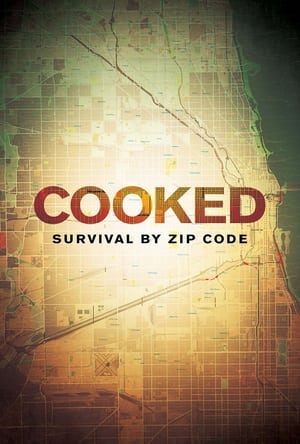 7.5
7.5Cooked: Survival by Zip Code(en)
Filmmaker Judith Helfand's searing investigation into the politics of “disaster” – by way of the deadly 1995 Chicago heat wave, in which 739 residents perished (mostly Black and living in the city’s poorest neighborhoods).
 0.0
0.0The Great Famine(en)
When a devastating famine descended on Soviet Russia in 1921, it was the worst natural disaster in Europe since the Black Plague in the Middle Ages. Examine Herbert Hoover’s American Relief Administration—an operation hailed for its efficiency, grit and generosity. By the summer of 1922, American kitchens were feeding nearly 11 million Soviet citizens a day.
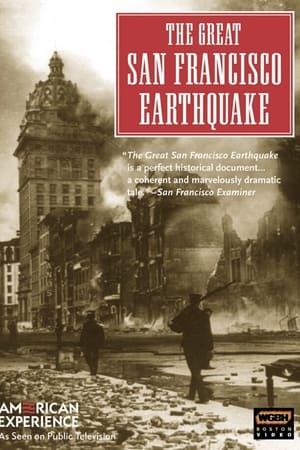 0.0
0.0The Great San Francisco Earthquake(en)
An account of the devastating 1906 San Francisco earthquake and the subsequent effort to rebuild.
 10.0
10.0Big Charity: The Death of America's Oldest Hospital(en)
This documentary film includes never-before-seen footage and exclusive interviews to tell the story of Charity Hospital, from its roots to its controversial closing in the wake of Hurricane Katrina. From the firsthand accounts of healthcare providers and hospital employees who withstood the storm inside the hospital, to interviews with key players involved in the closing of Charity and the opening of New Orleans’ newest hospital, “Big Charity” shares the untold, true story around its closure and sheds new light on the sacrifices made for the sake of progress.
 0.0
0.0Storyville - The Naked Dance(en)
The Naked Dance is the first documentary about America's legendary legal red-light district that thrived in New Orleans from 1898 until World War I. Storyville got its name when Alderman Sidney Story attempted to clear up the New Orleans waterfront by restricting prostitution to a specific neighborhood. To his chagrin, the area was dubbed "Storyville," and it was so known until the U.S. Navy closed it for good in 1917.
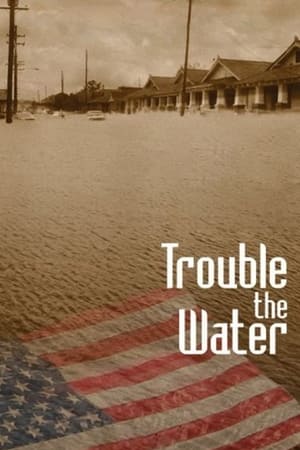 6.8
6.8Trouble the Water(en)
"Trouble the Water" takes you inside Hurricane Katrina in a way never before seen on screen. The film opens the day before the storm makes landfall--just blocks away from the French Quarter but far from the New Orleans that most tourists knew. Kimberly Rivers Roberts, an aspiring rap artist, is turning her new video camera on herself and her Ninth Ward neighbors trapped in the city. Weaving an insider's view of Katrina with a mix of verité and in-your-face filmmaking, it is a redemptive tale of self-described street hustlers who become heroes--two unforgettable people who survive the storm and then seize a chance for a new beginning.
 6.7
6.7The 11th Hour(en)
A look at the state of the global environment including visionary and practical solutions for restoring the planet's ecosystems. Featuring ongoing dialogues of experts from all over the world, including former Soviet Prime Minister Mikhail Gorbachev, renowned scientist Stephen Hawking, former head of the CIA R. James Woolse
New Orleans: City of Jazz(en)
German cultural documentary about the development of Jazz in New Orleans. Contains interviews with several musicians.
Gulf Stream and the Next Ice Age(en)
As co-created by environmentalists Stephan Poulle and Nicolas Koutsikas, the documentary Gulf Stream and the Next Ice Age argues and provides evidence for the idea that mankind is wreaking permanent and potentially irreversible damage on the ecosystem by interfering with the natural course of the Gulf Stream. Koutsikas and Poulle suggest that this interference, in turn, will prompt a new Ice Age that virtually destroys the modern world.
 5.8
5.8Hurricane on the Bayou(en)
The film "Hurricane on the Bayou" is about the wetlands of Louisiana before and after Hurricane Katrina.
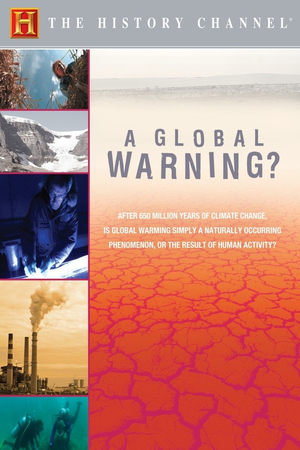 4.0
4.0A Global Warning?(en)
Global warming in context. What the climate of the past tells us about the climate of the future.


